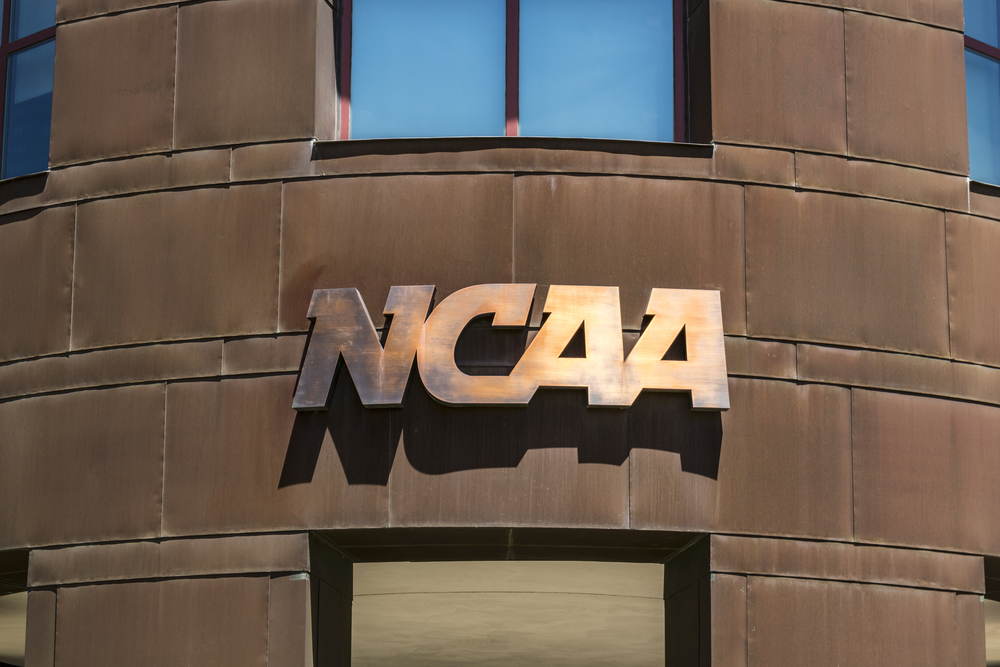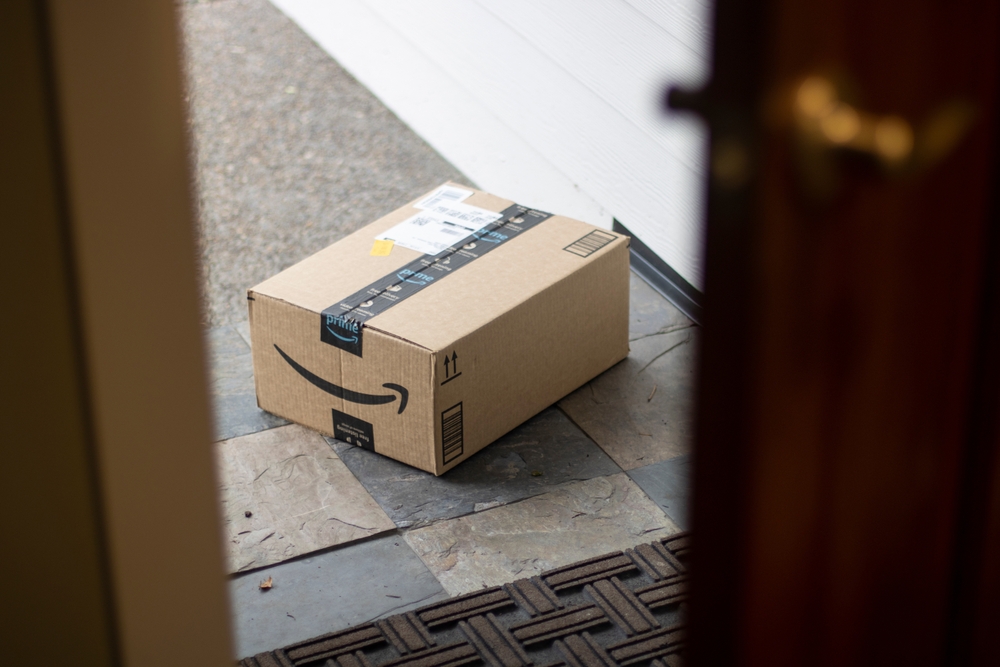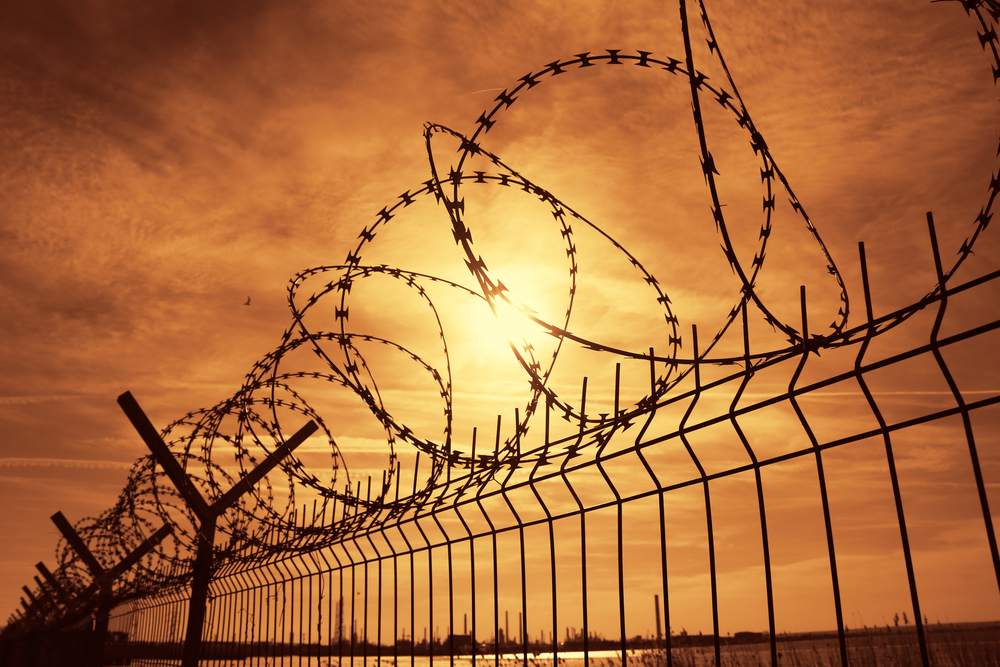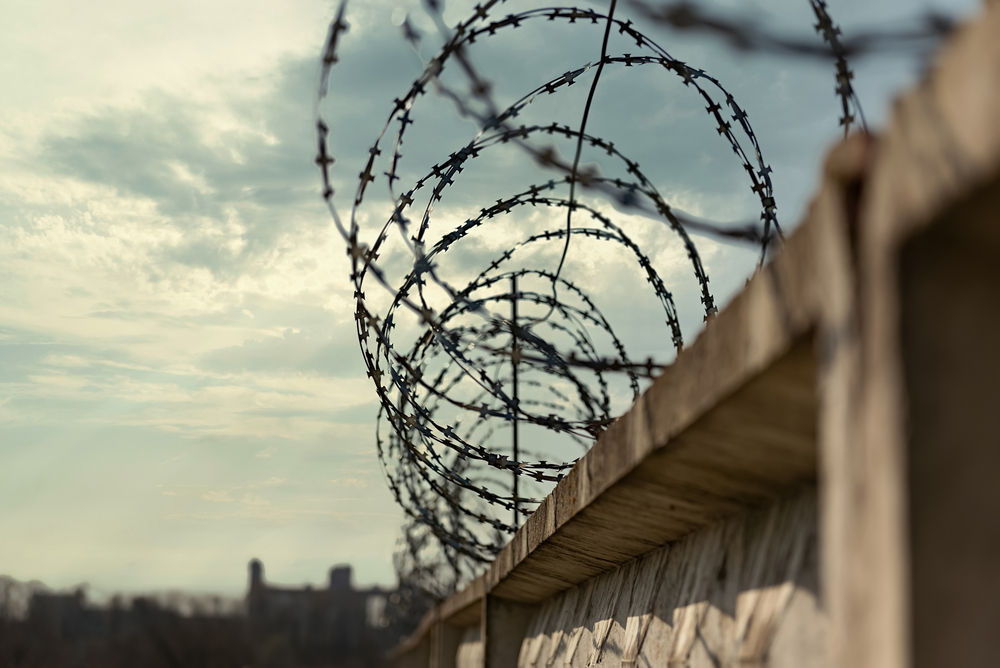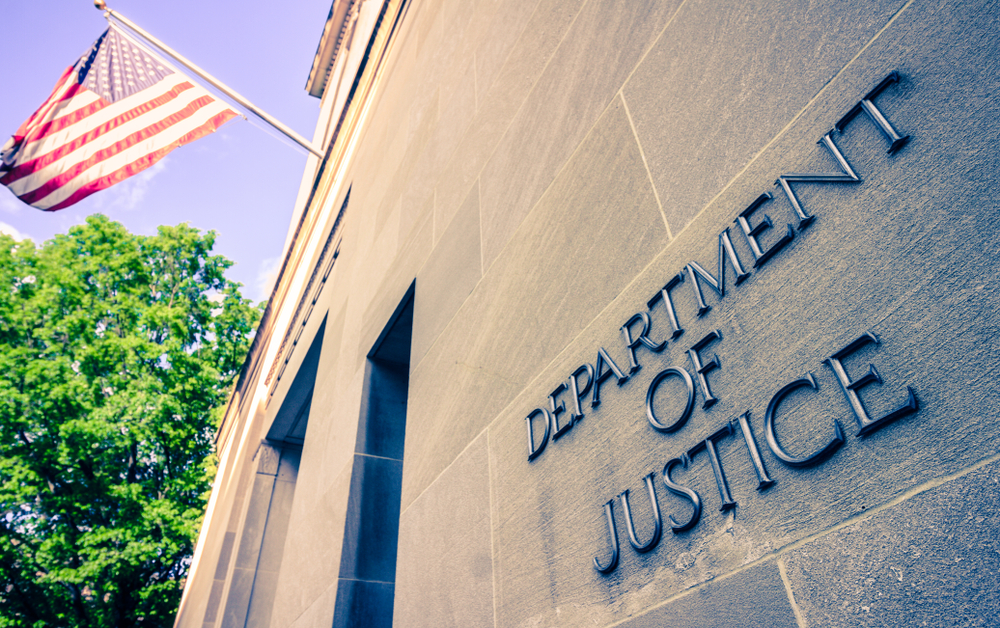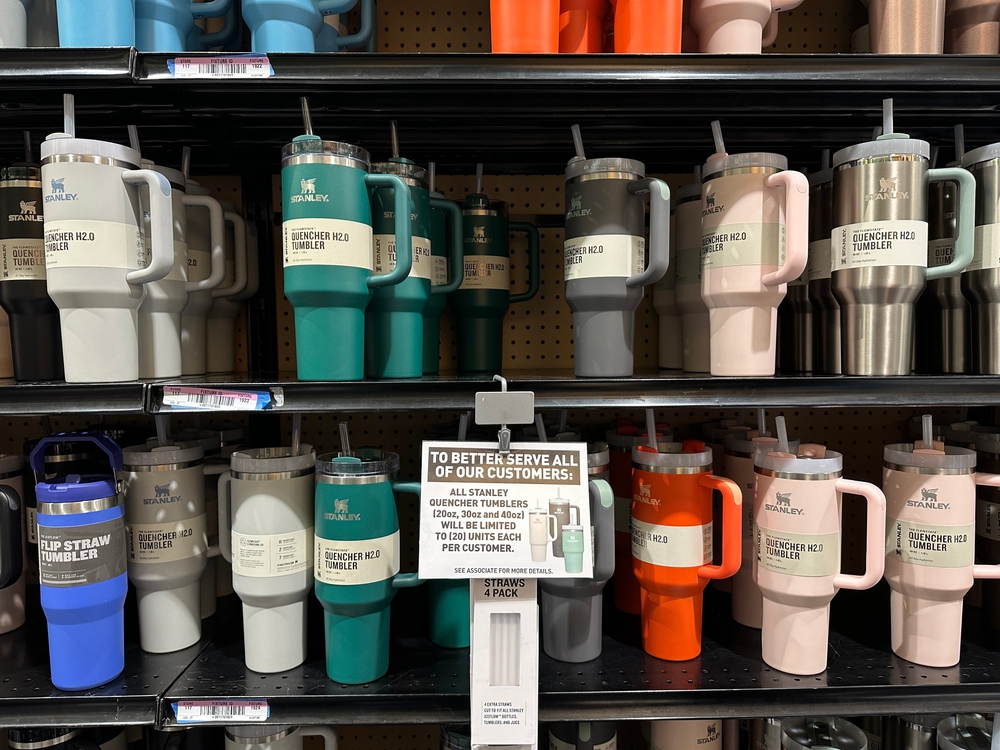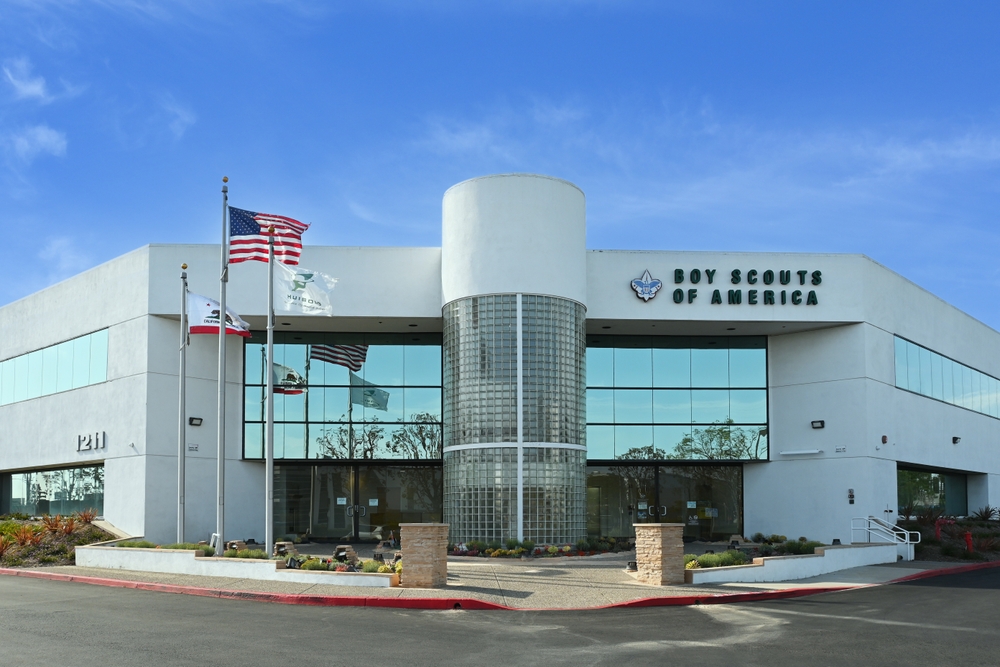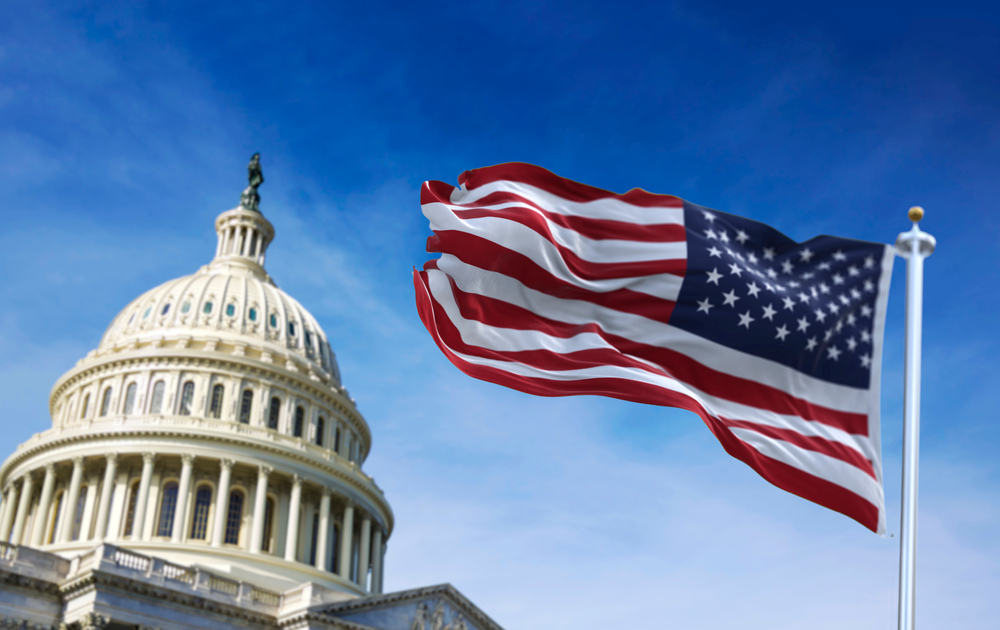A Cheerleader’s Snapchat Post Leads to Supreme Court Battle
It was a scene played out on Snapchat countless times before and since. It was a Saturday in May of 2017. Brandi Levy, a 14-year-old junior varsity cheerleader with a buddy in tow, decided to take a selfie in the parking lot of a convenience store.
Together, they expressed their feelings with a flick of their middle fingers. The cheerleader, who had just learned she did not make the varsity team, posted the picture, along with a rant which included a four-letter word – four times.

“F*** school f*** softball f*** cheer f*** everything,” Levy wrote.
“The Snap” was posted to her story where it could have been seen by 240 of Levy’s Snapchat “friends.’’ As Snapchat postings do, it “expired’’ after 24-hours. However, before it did, one of the recipients shared the post with her mother – the cheerleading coach.
Fast forward to the spring of 2021. Levy, who is finishing her freshman year of college, is at the center of a Supreme Court case involving that long ago Snapchat post and a student’s right to free speech. Four years ago, the rant caused Levy to be suspended from the cheerleading squad, and after the school rejected appeals from Levy to keep her on the squad, her parents filed a federal lawsuit, claiming the suspension violated their daughter’s rights. The court in Pennsylvania agreed and found the punishment violated the First Amendment. The school district went on to appeal it to the Supreme Court.
Mahanoy Area School District v. B.L. is the first time the highest court in the country is studying a student’s free speech case involving social media off of school grounds. Levy’s attorney, David Cole of the American Civil Liberties Union, has maintained that school administrators can not enforce in-school rules outside of school functions. Lisa Blatt, an attorney for the school district, told the court that in the age of social media, teachers must be able to exercise authority without being limited to the physical parameters of the school location. “When it comes to the internet, things like time and geography are meaningless,” she said.
The oral arguments, held by phone, took place on April 28. For about two hours, the justices pondered a student’s rights in relation to social media as well as how platforms like Snapchat, with too few regulations, could cause hazards like cyberbulling.
For Chief Justice John Roberts, the questions surrounding social media have become more of an issue in the last 12 months. He pointed out in light of how more Americans have turned to remote learning during the pandemic, campus borders are difficult to identify. “How does that fit with modern technology,’’ he asked?
And when it comes to 24/7 chatter by students on places like Snapchat, Justice Sonia Sotomayor stressed the importance of recognizing how schools are constantly in the center of children’s lives and, therefore, conversation. Most of the students’ exchanges “… have to do with their perceptions of the authoritarian nature of their teachers,’’ she said. “Where do we draw the line with respect to [speech] targeting a school?” she asked.
Adding to the point of students’ behavior, compared to adults, Justice Stephen Breyer reminded the group that teens often use bad language and distasteful words. Therefore, he questioned whether the incident caused “a material and substantial disruption’’ to the school.
“I don’t see much evidence it did,” he said. “I mean, my goodness, every school in the country would be doing nothing but punishing,” Breyer said.
Breyer also said that writing a treatise on the First Amendment, in this case, would be extremely difficult. And, he admitted, “I would be frightened to death to write a standard.”
Justice Brett Kavanaugh expressed concern that the school’s action “seems excessive.’’
“My reaction when I read this is that, she is competitive, she cares, she blew off steam like millions of other kids have when they’re disappointed about being cut from the high-school team,” he said.
According to The Wall Street Journal, the case in front of the high court has led to a “profusion of friends of the court briefs,’’ including one from John and Mary Beth Tinker. The siblings were also at the center of a Supreme Court case in 1969. In their case, the court ruled that students could wear black armbands to class in silent protest of the Vietnam War. The decision famously declared that students do not “shed their constitutional rights to freedom of speech or expression at the schoolhouse gate.’’
Here’s what the Tinkers told the court before last week’s gathering:
“Today, their armbands may have been digital ones displayed over the school’s logo in a social media post, combined with a message to fellow students and friends petitioning them to do the same,’ their brief said.
If the Mahanoy district’s argument prevails, it added, “…it is far from certain Tinker would have been decided in the same way under this updated scenario. However, for some, it may boil down to a matter of Levy’s decision (and agreement) to join the cheerleading squad. School lawyers have maintained that once a student agrees to be a member of a team, or in this case, a cheerleading squad, he or she must adhere to particular policies while coaches are responsible to make sure they do.”
“Coaches have to know their team and know what works,” Blatt said. “They have to act in the best interests of all teammates.’’
A decision by the Supreme Court is expected sometime in June.








